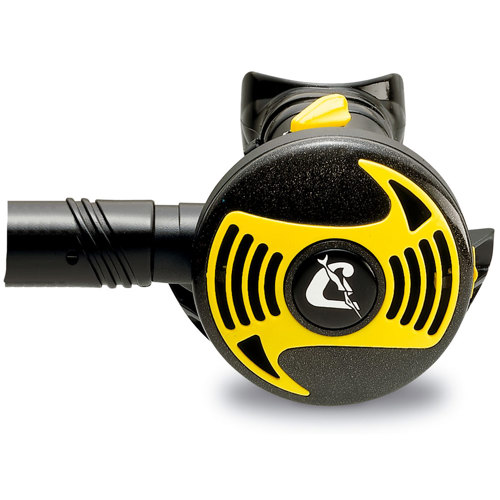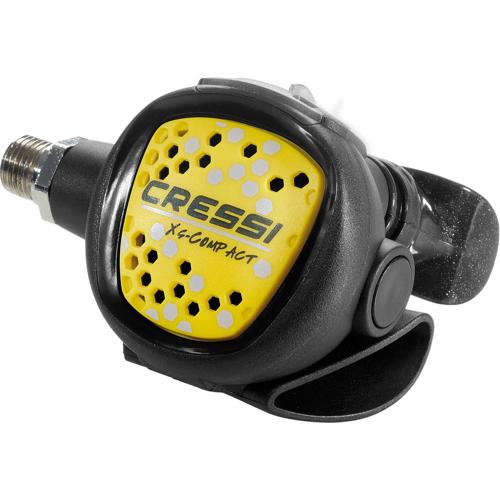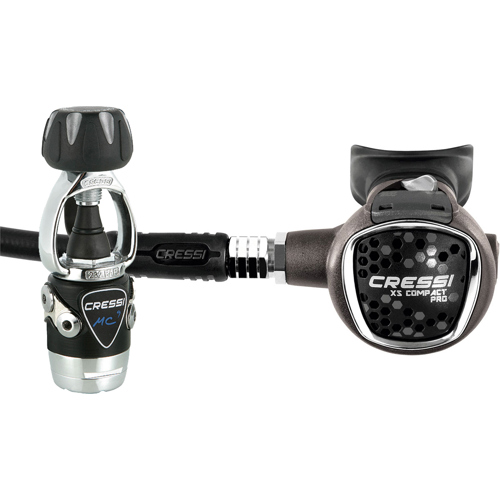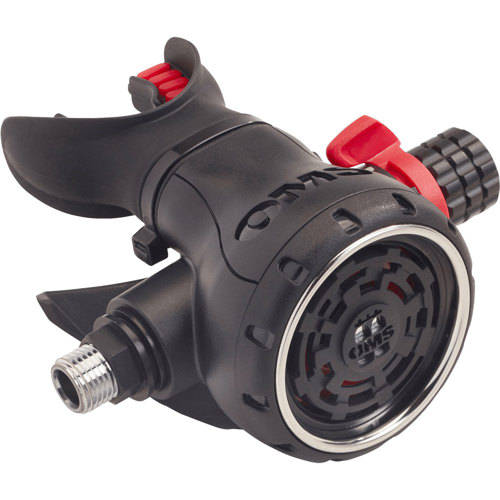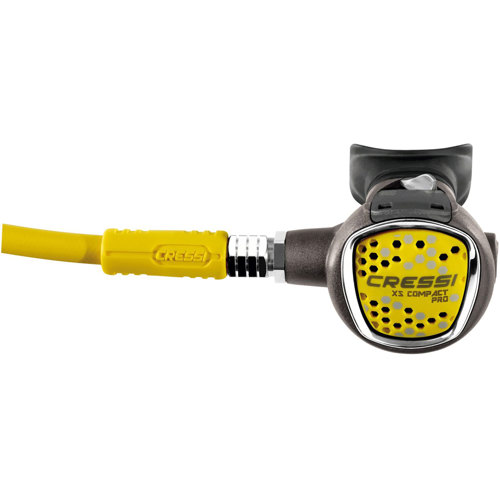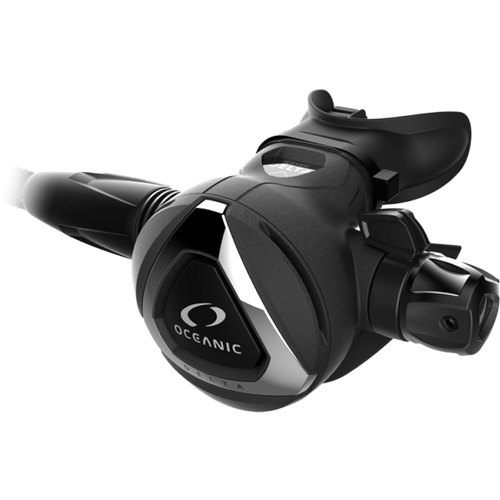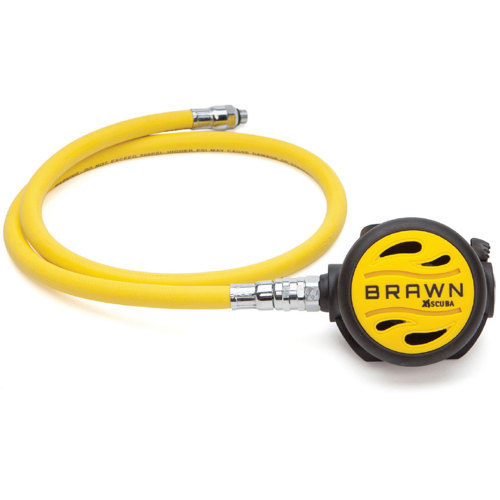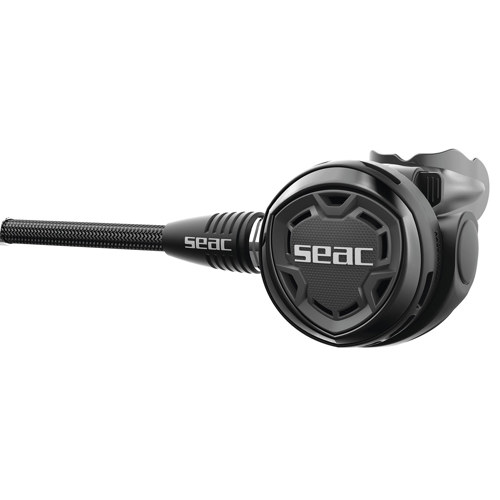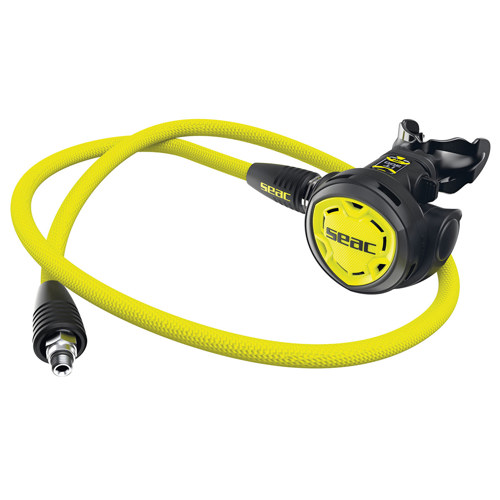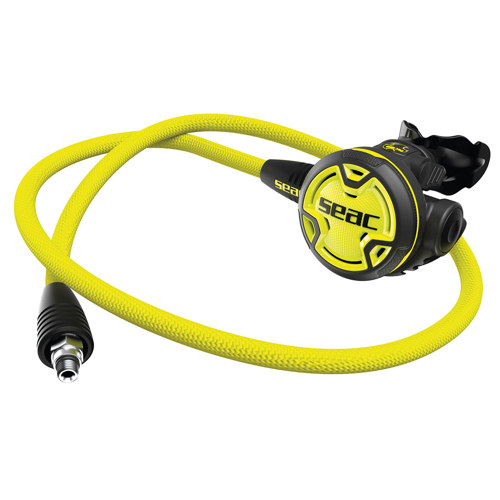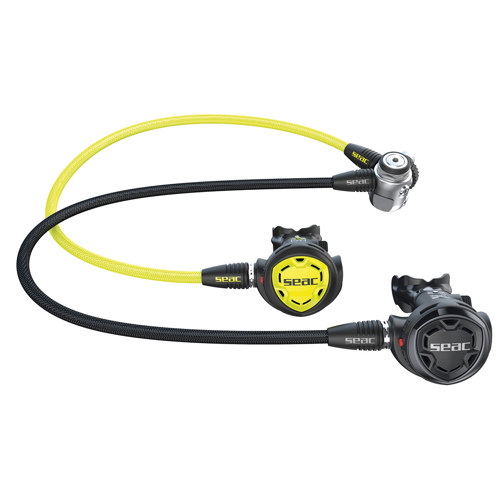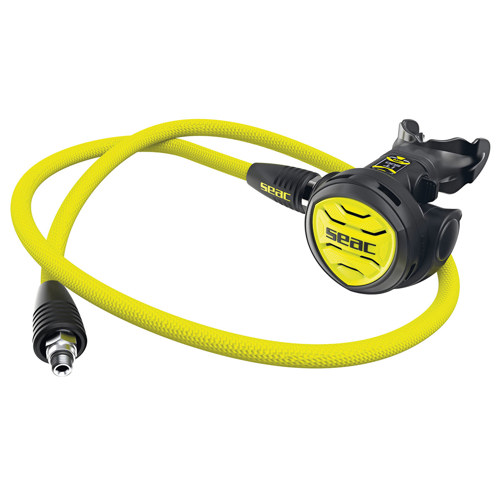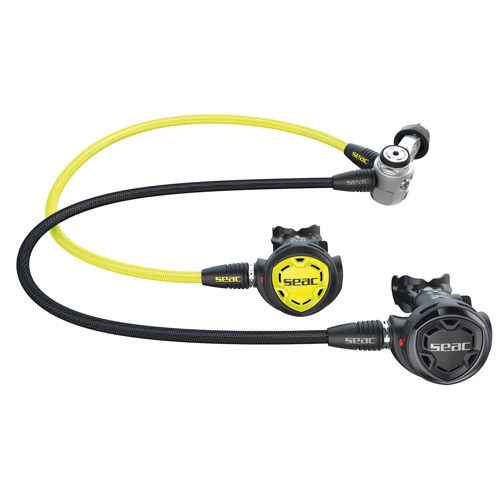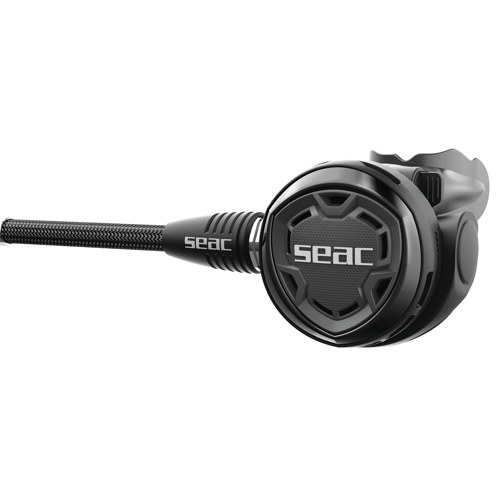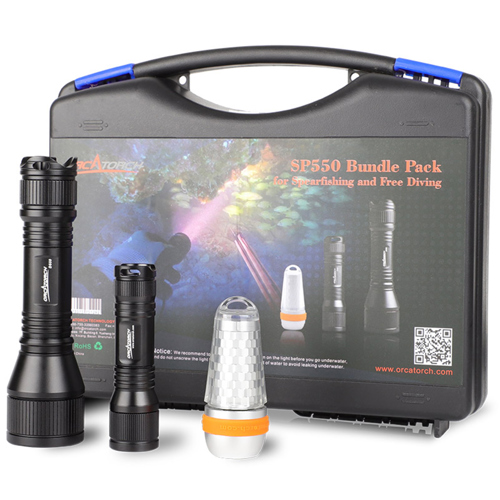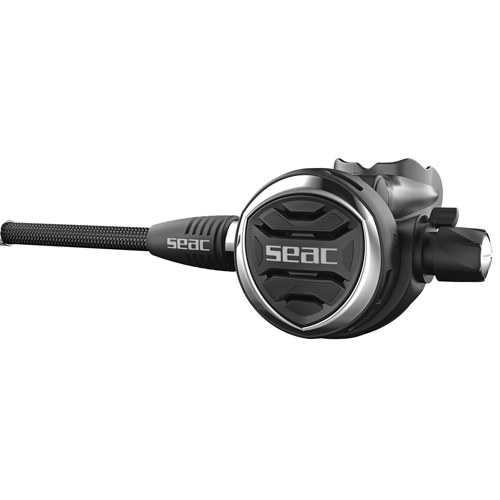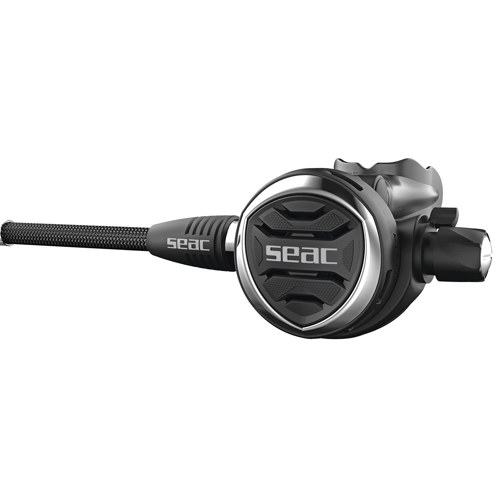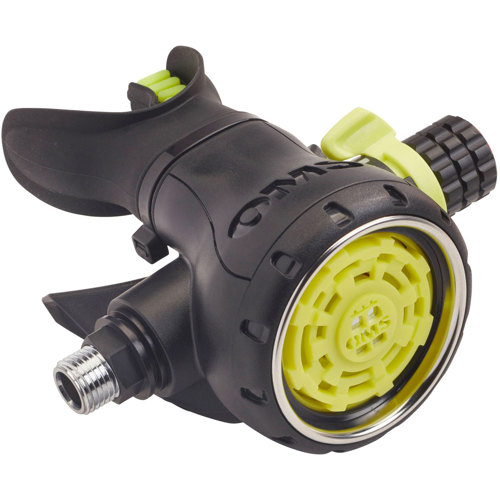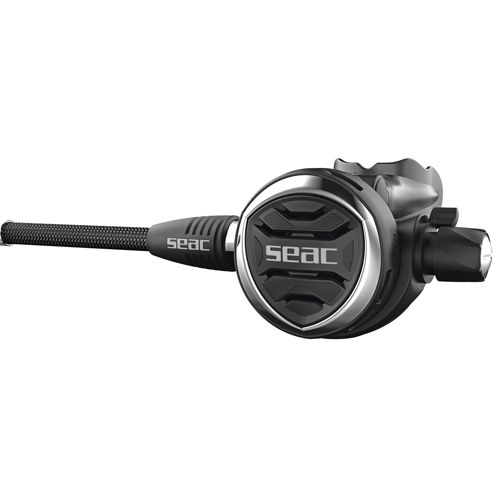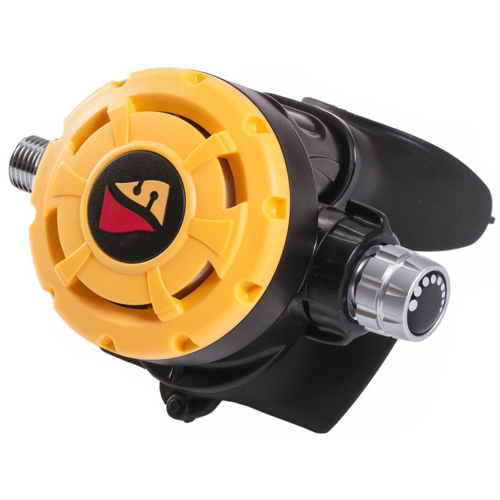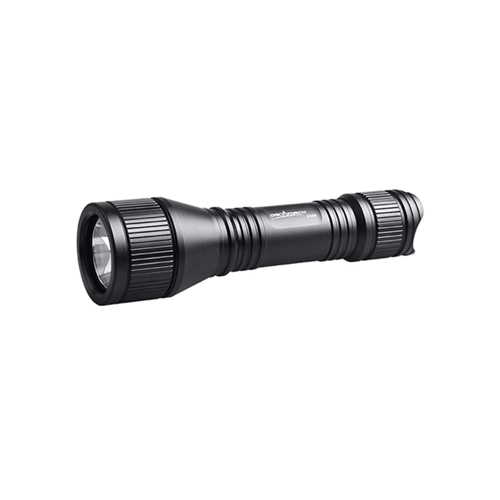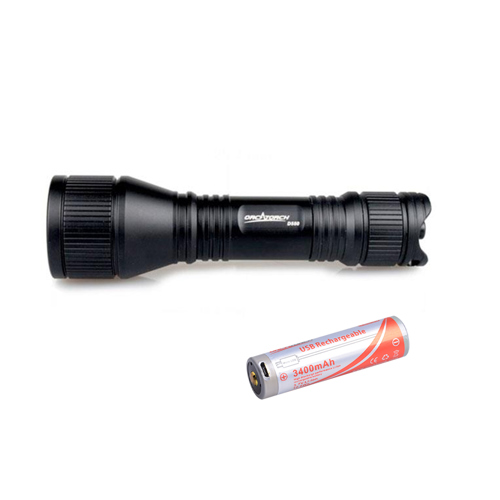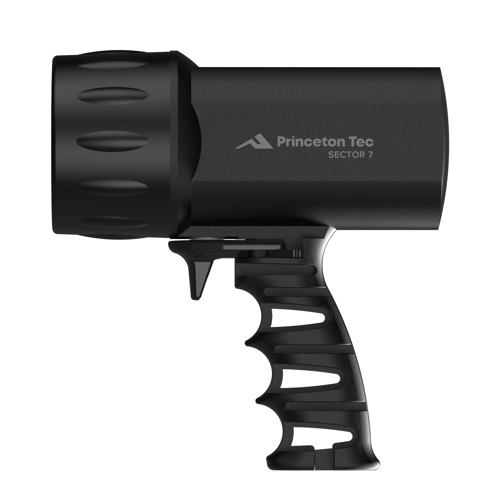Diving pre-dive switches, often found as a feature on modern second-stage regulators, are a subtle but essential component for both recreational and technical divers. As autumn arrives and water temperatures begin to shift, many divers find themselves preparing for trips to local lakes, quarries, or tropical destinations where gear performance is paramount. The pre-dive switch, sometimes labeled as a Venturi switch, is designed to address a common issue: the risk of free-flowing air when your regulator isn’t in your mouth. This can happen while gearing up on the boat, during surface swims, or even when handing off equipment to a buddy. By toggling the switch to the pre-dive or “-” position, the regulator creates a controlled turbulence inside the mouthpiece, disrupting the Venturi effect that normally assists with easy breathing underwater. This simple action prevents a continuous stream of air from escaping, conserving your tank supply and minimizing distractions before you descend. Once submerged and ready to breathe, flipping the switch to the dive or “+” position restores optimal airflow, making each breath effortless as you glide through the water.
For anyone shopping for new dive gear, especially as the season changes and new divers complete their certifications, understanding the value of a pre-dive switch is key. Experienced divers know that a free-flowing regulator can quickly drain an air tank and complicate a dive, particularly in colder water or when currents are present. The pre-dive switch is a practical safeguard, offering peace of mind during those moments when your regulator is out of your mouth—whether you’re adjusting your mask, checking your gauges, or passing your alternate air source to a buddy. Instructors often recommend this feature to students, as it helps prevent accidental air loss and teaches good equipment handling habits from the start. For dive professionals, rescue divers, and those who frequently dive in dynamic environments, the reliability of a pre-dive switch becomes indispensable. It’s also a thoughtful gift for divers who are upgrading their kit or preparing for travel, as it enhances both safety and convenience without adding bulk or complexity.
When selecting a regulator with a pre-dive switch, consider your typical dive conditions and personal preferences. Some switches are more tactile or easier to operate with gloves, which is especially important as the water cools and autumn brings thicker exposure suits into play. Durability and ease of maintenance are also worth noting, as a well-designed switch should withstand regular saltwater use and rinse-downs. Divers who enjoy customizing their setups may pair their regulator with accessories like clips, lanyards, or even specialized
Dive Handles to keep gear streamlined and accessible. Ultimately, the pre-dive switch is a small feature that makes a big difference in the overall diving experience. Whether you’re preparing for a crisp morning shore dive, a liveaboard adventure, or simply refining your skills in the pool, having control over your air delivery at every stage of the dive adds confidence and comfort to each underwater journey.

